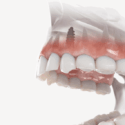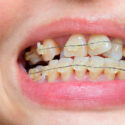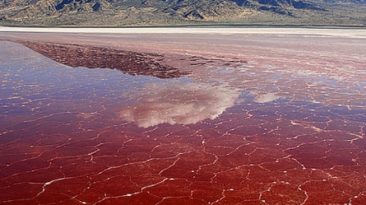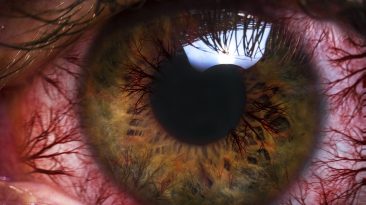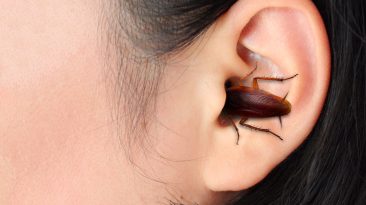If you see the water do this, get out fast. If you don’t, you might get caught in a riptide. What are the warning signs? And which direction should you swim if you want to survive? Every year, beach lifeguards rescue tens of thousands of people. Four out of five times, it’s from these rip currents, also called riptides.
You can avoid them. Keep track of suspiciously calm areas between the waves, and watch different colors in different spots. This could indicate that a riptide is churning up sand, sediment and seaweed. But what are they? Rip currents are strong, narrow channels of fast-moving water flowing directly away from the shore.
If you get caught in one, you’ll be pulled out into the lake or ocean, further and further from shore. They can form anytime. When waves crash into the shoreline or a sandbar, it could concentrate the current. As the incoming water rushes back out to sea, it could create a powerful rip current. Your sunny day is about to turn into a living nightmare scenario that could kill you.
One moment you’re splashing about, enjoying the water. The next, you’re knocked off your feet. And the water’s dragging you away from the shore. If you lose your balance, the current could pull you down along the bottom. This is rare. But if it happens, the best thing you could do is relax your body. That will help you come back to the surface.
Typically, rip currents move at speeds up to 0.6 m/s (2 ft/s), but some have traveled at 2.5 m/s (8 ft/s). And unfortunately, you’re caught in a quick one. Within seconds, you’re 12 m (40 ft) away from the shore. And with each second, the current will pull you further away. Your first instinct would be to begin swimming back to shore, but that would waste your time and energy.
Even an Olympic swimmer would struggle to swim against a current this fast. If you aren’t a strong swimmer and you keep fighting the current, you’d feel exhausted and risk drowning. And it’d be hard to breathe. The rip current would be pulling you under the surface. And then, I’m sorry to say, it would be game over for you. But luckily, you’re watching this video.
So if you get caught in this life-threatening situation, you’ll know what to do. The best thing would be to relax. Don’t fight against the powerful current. Instead, swim away from it on a 90-degree angle, parallel to the shoreline. That wouldn’t get you any closer to safety, would it? Surprisingly, it would. Eventually, you’d swim to a place where the current weakens and stops pulling you outward.
Generally, riptides are only about 25 m (80 ft) in width. If you don’t struggle directly against the water’s flow, you likely won’t have to swim too much to escape the current. Now, you’re free from the powerful moving water, so you should be able to swim back to shore. Or you could try to regain your strength by floating on your back. If you can do it, this would also be a good time to call or wave for help from a lifeguard.
Once back on shore, you’d feel happy that you cheated death. But the danger wouldn’t be over just yet. Within 48 hours, you could have a condition called pulmonary edema. While you were struggling in the rip current, you could have inhaled some water. It could have reached your lungs and irritated their inner linings.
Then fluids may begin building up, which could make it difficult to breathe. You could start coughing, feel sluggish and have chest pain. Your body would be depriving itself of oxygen. If you weren’t able to get to a hospital soon, your lack of oxygen could lead to permanent brain damage. Or worse, death.
But now that you know the best method to escape a riptide, you’ll be less likely to struggle against the rip current. You might even spot the riptide before you go in the water. The best tip could be to avoid the most dangerous beaches. They include Mexico’s Playa Zipolite, known as “The Beach of the Dead”. And at Hawaii’s Hanakapiai Beach, over 83 people have drowned in the powerful rip currents.
Sources
- “What Is A Rip Current?”. 2022. oceanservice.noaa.gov.
- “Survivor Stories”. 2022. weather.gov.
- “Rip Currents – Currents: NOAA’s National Ocean Service Education”. 2022. oceanservice.noaa.gov.
- “How Rip Currents Work”. Tom Harris. 2001. science.howstuffworks.com.
- “Ask The Expert: What Is Secondary Drowning | Banner Health”. 2022. bannerhealth.com.







